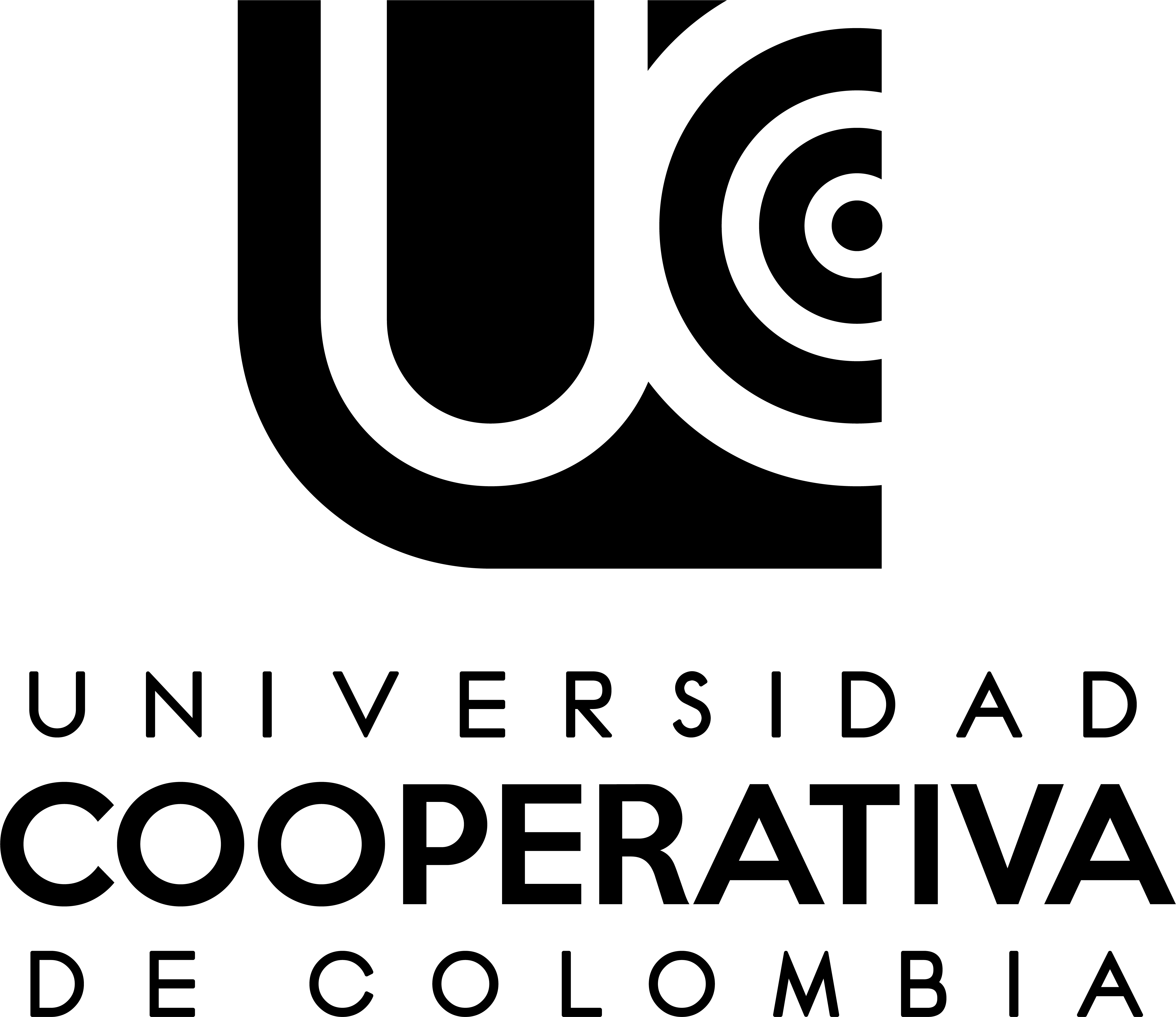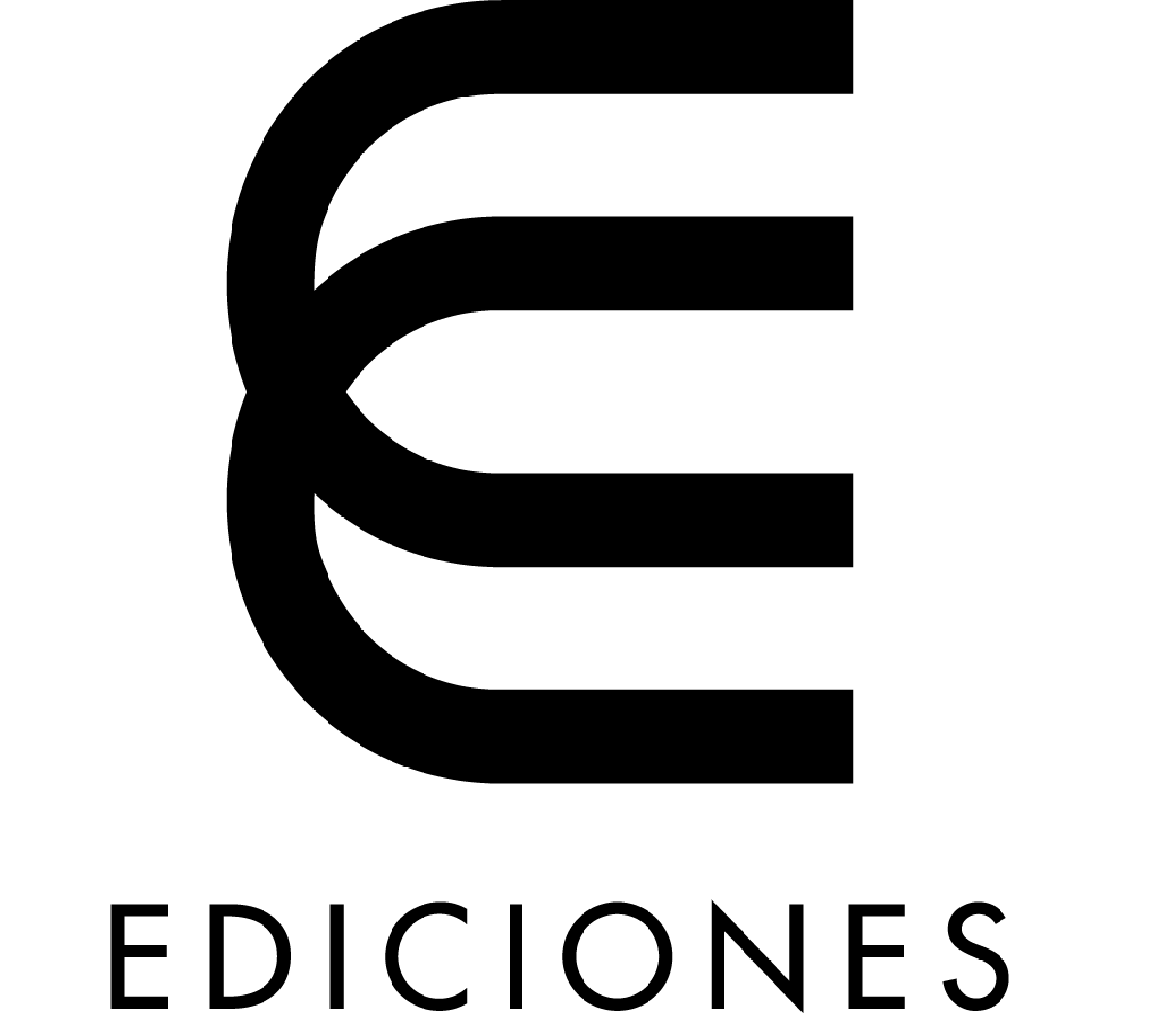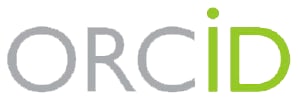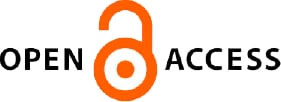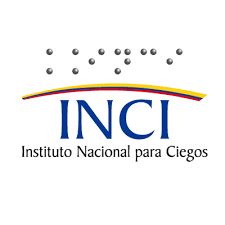Use Of Photovoltaic Solar Technology Study

Universidad Cooperativa de Colombia
Licenciada en Fisica. Maestria en Docencia e Investigación Universitaria. Docente de tiempo completo en la Universidad Cooperativa de Colombia
email: janbau05@gmail.com

Universidad Cooperativa de Colombia
Ingeniero Electrónico, Especialista en Automatica e Informática Industrial. Docente de tiempo completo en la Universidad Cooperativa de Colombia.
email: faiverht@yahoo.com.ar

Universidad Cooperativa de Colombia
Ingeniero Electrónico. Docente de tiempo completo en la Universidad Cooperativa de Colombia
email: pabloperilla@yahoo.com

Universidad Cooperativa de Colombia
Ingeniero Electrónico. Docente de tiempo completo en la Universidad Cooperativa de Colombia.
email: julisesc@hotmail.com
Solar technology is based on the physical principle of converting solar energy absorbed by a highly conductive material in electrical current. The materials used are semiconductors with a variety of structures; it is essential to achieve maximum energy capture with a minimal cost. This work presents the initial aspects of the project: “Feasibility to design a system for capturing, storing, distributing and usage of photovoltaic energy in Bogotá”, developed by the “Universidad Cooperativa de Colombia”’s Engineering Faculty. It explains the current norms related to implementation, testing and performance of photovoltaic solar panels, plus some related research performed by several institutions worldwide. It also presents control software’s preliminary elements for the photovoltaic system.
American Society of Heating, Refrigeration and Air-Aconditining Engineers (1977), Methods of Testing
to Determine the Thermal Performance of Flat-PlateSolar Collectors Containing a Boiling Liquid, Atlanta,
ashrae.
Colombia, Congreso Nacional de la República (2001, 3 de octubre), “Ley 697 del 3 de octubre de 2001, por
medio de la cual se fomenta el uso racional y eficiente de la energia, se promueve la utilizacion de las energias alternativas y se dictan otras disposiciones”, en Diario Oficial, núm. 44.573, 3 de octubre de 2001, Bogotá. “El portal de la energía solar” [en línea], disponible en: http://www.solarweb.net/, recuperado: 15 de marzo del 2010.
Florida Solar Energy Center (2009), Florida Standards for Design and Installation of Solar Thermal Systems,
Florida, Florida Solar Energy Center.
Florida Solar Energy Center (2009), Operation of the Solar Thermal Systems Certification Program, Florida,
Florida Solar Energy Center.
Florida Solar Energy Center (2009), Solar Thermal System and Components Test Protocols, Florida, Florida Solar Energy Center.
Florida Solar Energy Center (2009) [en línea], disponible en: http://www.fsec.ucf.edu, recuperado: 20 de
febrero del 2010.
Frers, C. “El avance de las energías alternativas” [en línea], disponible en: http://waste.ideal.es/energias-avance. html, recuperado: noviembre del 2009.
Instituto de Hidrologia, Meteorologia y Estudios Ambientales [en línea], disponible en: http://www.ideam.
gov.co/radiación.html, recuperado: 10 de marzo del 2010.
Instituto de Normas Técnicas y Certificación (2004), Energía solar. Especificaciones para sistemas de calentamiento de agua con energía solar, destinada al uso domestico, Bogota, icontec.
Instituto de Normas Técnicas y Certificación (2005), Energía solar. Definiciones y nomenclatura, Bogota,
icontec.
International Standards Organization (1989), ISO 10217. Solar energy. Water heating systems: Guide to material selection with regard to internal corrosion, Ginebra, iso.
International Standards Organization, (1990), ISO 9059, Solar energy. Calibration of field pyrheliometers by comparison to a reference pyrheliometer, Ginebra, ISO
International Standards Organization (1990), ISO 9060. Solar energy. Specification and classification of instruments for measuring hemispherical solar and direct solar radiation, Ginebra, ISO
International Standards Organization (1993), iso 9846. Solar energy. Calibration of a pyranometer using a pyrheliometer, Ginebra, ISO.
Kusuda, T. (1976), “The Computer Program for Heating and Cooling Loads in Buildins”, en Building Science Series 69, Washington D.C., National Bureau of Standards.
Newsletter personalizada para Pablo Elias Velasquez Perilla, Photon, La Revista de Fotovoltaica.
Reiche, K. (2009), “Bundesministerium für Umwelt, Naturschutz und Reaktorsicherheit” [en línea], disponible en: http://www.bmu.de/allgemein/aktuell/160. php, recuperado: noviembre del 2009.
Sánchez Triana, E., Kulsum, A. y Yewande, A. (2008), Prioridades ambientales para la reducción de la pobreza en Colombia, Bogota, Casa Editorial El Tiempo.
Sierra, F. (2008), Tecnologías para el aprovechamiento de la Energía Solar, Bogota, Universidad Nacional de Colombia, pp. 16-29
Unidad de Planeación Minero Energética & Instituto de Hidrologia y Estudios Ambientales de Colombia.
(2002), Atlas de radiación solar de Colombia, Bogota, upme & ideam.
Unidad de Planeación Minero Energética (2003), Formulación de un programa básico de normalización
para aplicaciones de energías alternativas y difusión. Anteproyecto de norma. Sistemas de calentamiento solar doméstico de agua (transferencia de calor de un líquido a otro), Bogota, upme.
Universia (2001), “Universidad Nacional construye celdas solares a menor costo” [en línea], disponible
en: http://pre.www.universia.net.co/noticias/masnoticias/universidad-nacional-construye-celdassolares-
a-menor-costo.html, recuperado: 10 de marzo del 2010.
Zambrano, C. (2008), Manual para el dimensionamiento y montaje de sistemas fotovoltaicos en una compañía de energía solar alemana según iso 9001, Espana, Universidad De Zaragoza.
Copyright (c) 2010 Ingeniaría Solidaria

This work is licensed under a Creative Commons Attribution-NonCommercial-NoDerivatives 4.0 International License.
Cession of rights and ethical commitment
As the author of the article, I declare that is an original unpublished work exclusively created by me, that it has not been submitted for simultaneous evaluation by another publication and that there is no impediment of any kind for concession of the rights provided for in this contract.
In this sense, I am committed to await the result of the evaluation by the journal Ingeniería Solidaría before considering its submission to another medium; in case the response by that publication is positive, additionally, I am committed to respond for any action involving claims, plagiarism or any other kind of claim that could be made by third parties.
At the same time, as the author or co-author, I declare that I am completely in agreement with the conditions presented in this work and that I cede all patrimonial rights, in other words, regarding reproduction, public communication, distribution, dissemination, transformation, making it available and all forms of exploitation of the work using any medium or procedure, during the term of the legal protection of the work and in every country in the world, to the Universidad Cooperativa de Colombia Press.

